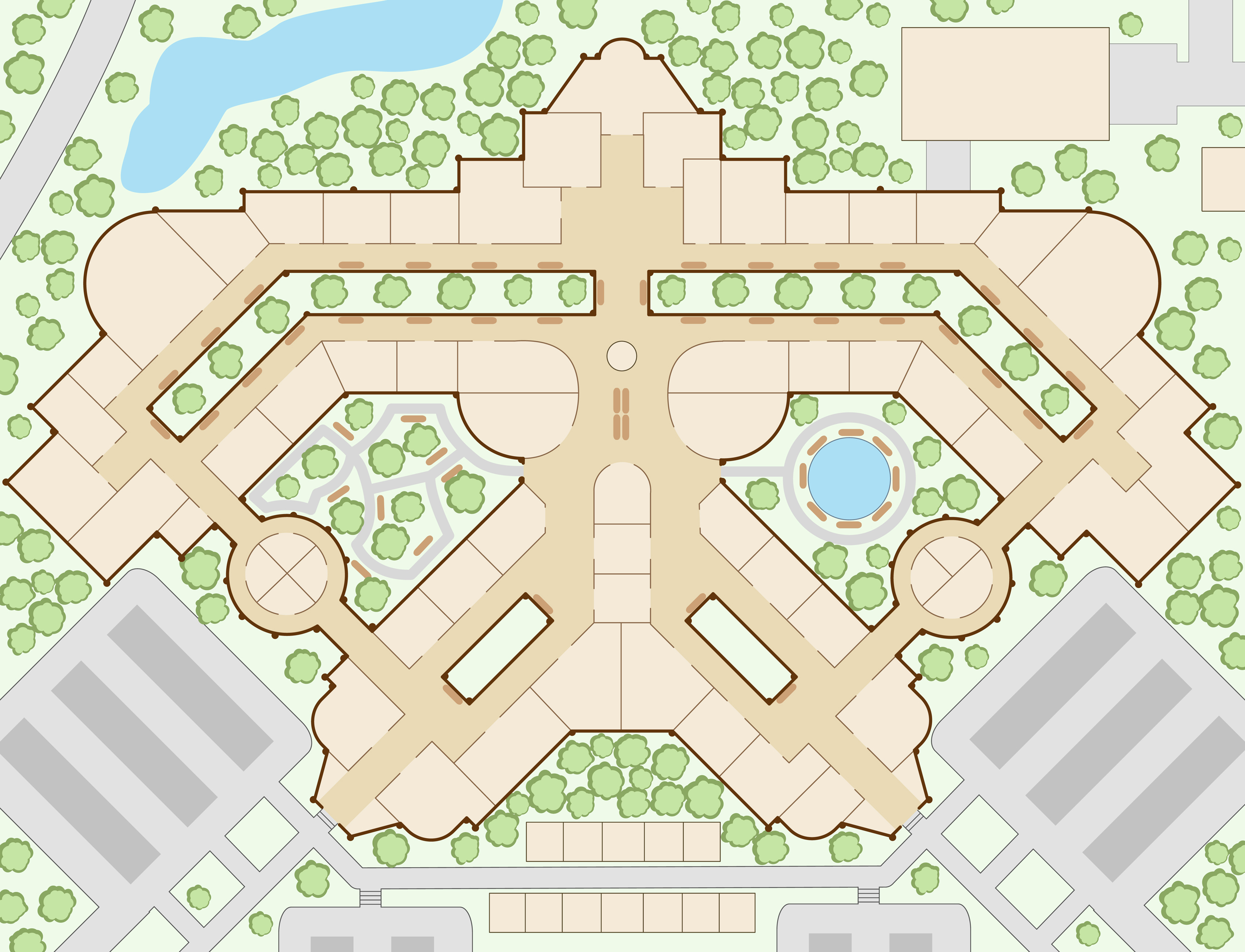X Marks The Spot

As my focus on the commercialisation sector grows, I am becoming increasingly more interested in who is doing what, where and how. This prompted me to look at a key aspect which retailers and commercialisation traders need to consider: planning the right spot for the right retailer.
Whilst pop-up shops, kiosks and events all bring an element of excitement and differentiation to a scheme’s staple offering, one thing to consider is whether they actually increase a shopping centres income. Do they increase customer’s spending? Mall commercialisation is now a necessity to increase interest and enjoyment of a scheme, but other than driving footfall and increasing dwell time, landlords and managing agents need to ensure sales are high in order to make the concept worthwhile.
A prime example of this is the recent campaign by Limited Space and Paco Rabanne in The Bullring, Birmingham – the largest advertising initialisation in a UK shopping centre. They placed an impressive sized screen onto the ceiling in the main entrance, next to their anchor store, Debenhams. The screen ran for a total of 3 weeks and capitalised on the grand mall space to hand, not to mention being the only campaign to be directly on the ceiling of a shopping centre.
The shopping centre model has always looked at the local demographic to inform on which anchor stores are relevant, the same goes for commercialisation and mall leasing. Common units you may have seen include products such as mobile phones, flower stands and e-cigarettes (which are all relevant in almost any scheme), however, it’s important to look at a range of brands to add to the retail or F&B offering and complement the permanent tenants. This can be done through unique boutiques or a common aim for schemes is to use the commercial space to support local businesses.
Getting the right retailer in the right spot is crucial for adding value to the shopper’s experience. Commercialisation teams need to find not only the physical gaps in the mall to place stands, but the right retailer to fill that space. It is sensible however not to ‘step on the toes’ of the existing and permanent tenants in the scheme, you don’t want to let their direct competitor steal their customers and sales. That said, it is important to place brands with a similar consumer profile nearby the right stores to ensure relevant footfall for the trader.
As well as knowing a commercialisation stand is in a relevant and effective position in the mall to access the right customer base, it is equally important that the presentation and quality of the pop-up/kiosk are on parity with the rest of the retailers and ‘vibe’ in the centre. A small, start-up retailer might not have the knowledge on how to create a successful kiosk due to lack of experience or limited capital. Working closely with these types of traders to improve the standard can not only increase their revenue but increase the look and fluidity throughout the centre.
Once commercialisation teams have effectively placed retailers in the best place and kept the display in keeping with the standards of the scheme, it goes without saying that the commercialisation as a whole will be far more effective. If a commercialisation unit is a success for a trader, it is likely when they have the capital to deploy, they will look for a permanent lease in the scheme as they have tested the market and can be confident in the mall’s value.